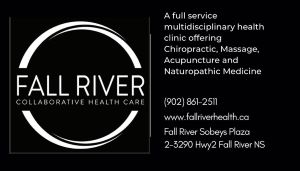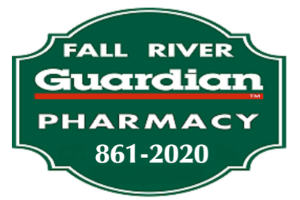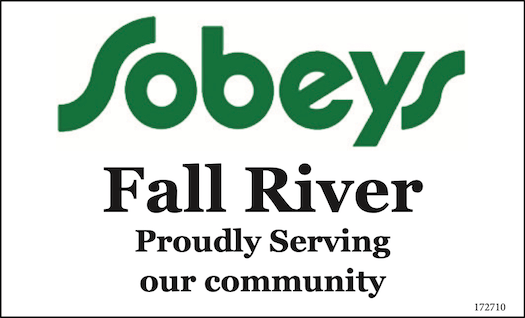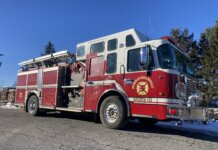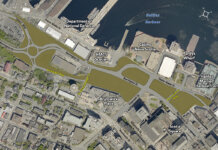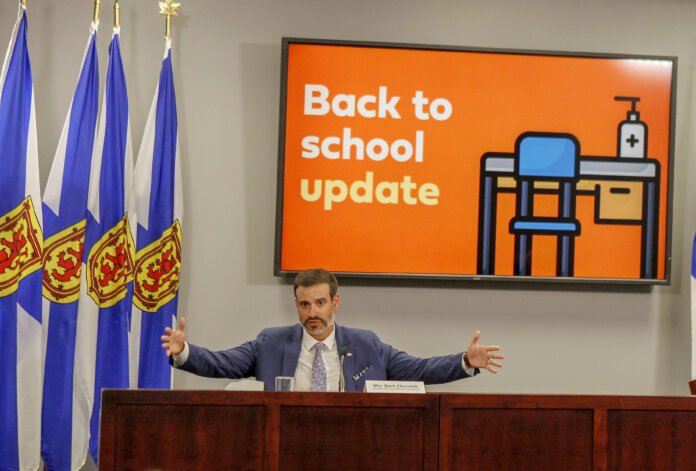
HRM: As students and staff return to class on Sept. 8, a plan is in place to respond to a potential COVID-19 exposure in school.
“I want to welcome our new and returning students and staff back to school, in what will be a year to remember,” said Zach Churchill, Minister of Education and Early Childhood Development. “Although your day will look different, we are committed to providing the experiences, opportunities and moments that make school special for you and your teachers.”
Government has invested $40 million to support the return to school. Additional investments by the federal government will also ensure schools remain a safe environment for students, teachers and staff.
“Schools are vibrant and social communities, so it is important that we all do our part to support the safe return of students and staff to school. Families should monitor the health of their children daily and keep them home if they feel ill,” said Dr. Robert Strang, Nova Scotia’s chief medical officer of health. “There is no one-size-fits-all approach to addressing a COVID-19 exposure, but we are ready to respond quickly if or when it happens in a school.”
Managing a case or cases of COVID-19 in a school will depend on the level of exposure and the risk to students, staff or essential visitors.
The risk levels are high, moderate and low. Each risk level has an appropriate and corresponding response based on public health guidance:
— an individual is at high risk if they are a close contact. A close contact is someone who was in close and prolonged contact with a confirmed case of COVID-19 up to 48 hours before symptoms presented. This could include everyone in the class
— an individual is at moderate risk if there has not been prolonged contact and they have maintained two metres or six feet from the confirmed case. This would include all students and staff in a shared space who were able to physically distance
— an individual is at low risk if they have had limited or casual contact with a confirmed case. This could be incidental contact such as walking past or near the individual in a hallway or other common area.
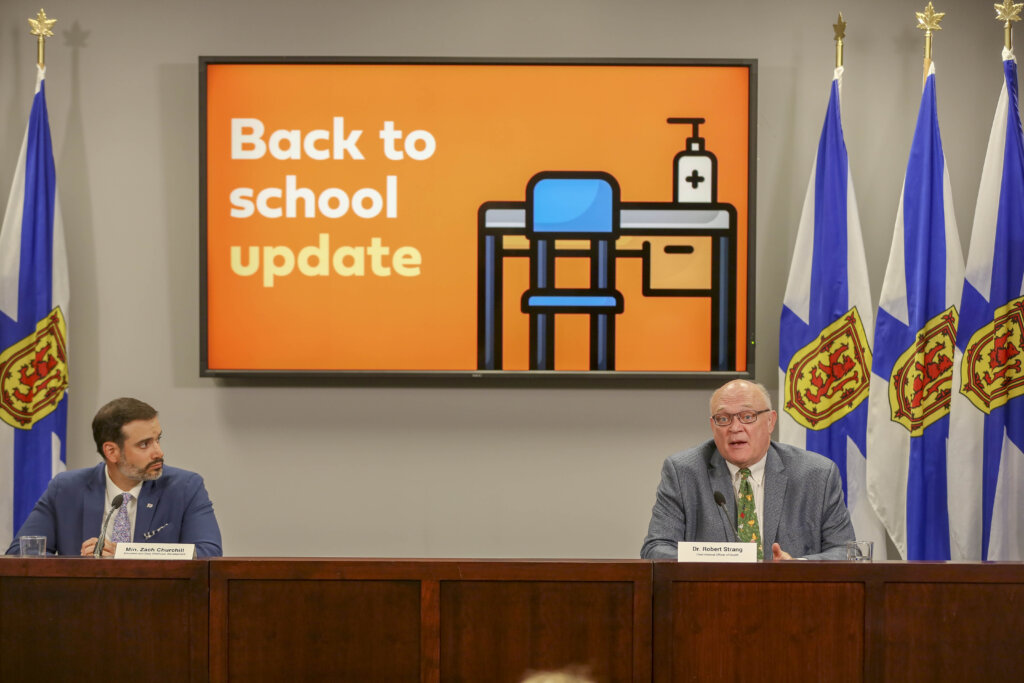
Public health and the education system are taking a cautious approach in responding to COVID-19 cases in schools, to slow the spread of the virus and keep students and staff safe. Key elements of the response to a case will include:
— public health will immediately launch an investigation to determine and arrange testing for all close contacts. Close contacts may include everyone in the class, school bus, or before and after school program
— all close contacts will be required to self-isolate at home while waiting for results. If they are negative, they need to complete their 14-day isolation; if they are positive, they have to isolate as a case and follow public health guidelines
— all families at the school will be notified about the exposure and measures being taken
— school closures due to COVID-19 will occur on the advice and recommendation of public health and only if there is deemed to be a risk to all staff and students
— students required to self-isolate will be supported to continue their learning until they can return to school
Students who become ill while at school will be monitored, isolated away from other students and a family member will be called to pick them up.
In addition to new public health measures for September, there are several other changes students and families will see:
— the Provincial Student Attendance and Engagement Policy will be relaxed so that no student is penalized for absences due to illness this year
— modified guidelines are in place to support the delivery of music class, band and physical education
— families with children with special needs will continue to be supported. A new inclusive education policy announced last September will come into effect and the back to school plan ensures that students can access the support they need, where they need it, while observing COVID-19 safe practices
— the Nova Scotia Pre-primary Program will be fully implemented across the province and this includes busing for all eligible pre-primary students
— more students across the province will become eligible to ride the school bus, as the student transportation policy comes into effect with new provincial criteria for eligibility
Additional Resources:
Nova Scotia Back to School Plan: https://novascotia.ca/coronavirus/docs/back-to-school-plan.pdf
Nova Scotia Back to School site: www.novascotia.ca/backtoschool
Provincial Student Attendance and Engagement Policy – Suspension of Loss of Credit Decisions: https://www.ednet.ns.ca/docs/covid19andattendanceen.pdf
Inclusive Education Policy: https://www.ednet.ns.ca/docs/inclusiveeducationpolicyen.pdf
School Transportation Policy: https://www.ednet.ns.ca/docs/schooltransportationpolicyen.pdf Error, group does not exist! Check your syntax! (ID: 9)



